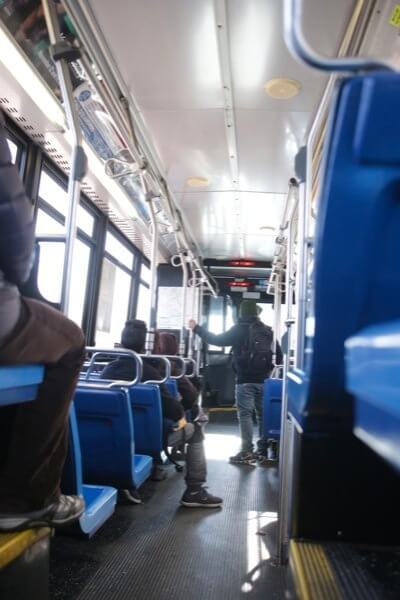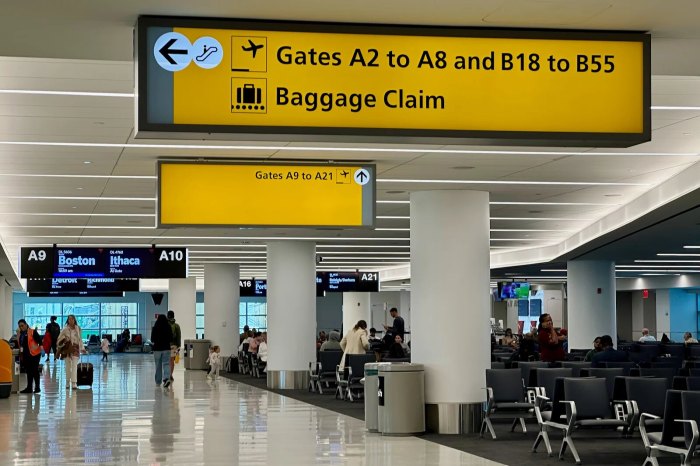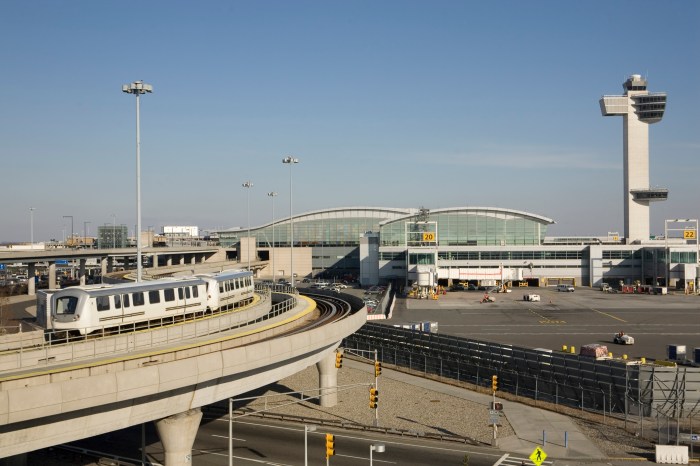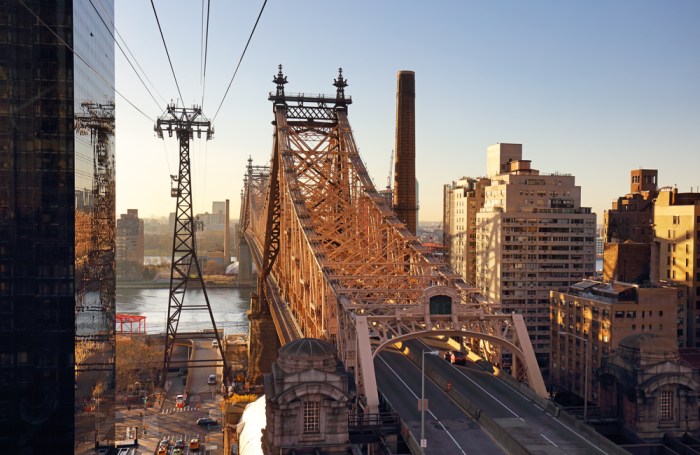By Mark Hallum
A new report from City Comptroller Scott Stringer claims not only are the subways in bad shape, but the bus system is also one of the slowest in the country and has lost over 100 million passenger trips in the past eight years.
While Manhattan and Brooklyn have the slowest service in the city, Queens buses travel at the highest average rate of speed of 8.1 miles per hour, second only to Staten Island.
“For 40 years, our subway system deteriorated, and it has led to the frustration that New Yorkers now feel daily. Today, we’re sounding the alarm on our bus crisis. Falling ridership, major slowdowns, and a bus infrastructure in decline is having an effect across the five boroughs,” Stringer said. “If we’re going to have a thriving economy tomorrow, we need to rebuild our bus system today. Of course we have to focus on our subways, but we need to have a bus system that is the envy of the world.”
The report titled “The Other Transit Crisis: How to Improve NYC’s Bus System” claims the “dismal” bus service affects immigrant communities the most because that is the demographic who utilizes above-ground public transportation more than any other group.
Queens has one of the largest immigrant populations in the country and is one of the most under-served boroughs in terms of subway service.
Stringer pointed out that more people are working the boroughs in which they live with job markets on the rise in Queens, Bronx and Brooklyn.
The spoke and wheel design of the subways is meant to ship people from the outer boroughs into Manhattan. But this no longer serves the needs of New Yorkers, the report said, with jobs in Queens growing by 34 percent since 2006.
The bus system has not kept pace with job growth in Queens, Brooklyn and the Bronx, Stringer said.
“By unleashing innovative technologies, as well as honing in on strategies that improve reliability and service, we can change the game for New Yorkers,” Stringer said. “This cannot be a problem that is swept under the rug – this is an economic and social imperative that is critical to our future. The status quo is unacceptable, and we have to do better.”
Poor bus service also affects low-income New Yorkers more so than subway troubles.
The median income for bus riders is about $30,000 per year citywide, whereas subway riders generally make around $40,000 in annual income.
Only about 31 percent of New Yorkers riding the bus have a college education, compared to the subway customers who average about 48 percent having a bachelor’s degree or higher.
Seventeen percent of bus riders are single parents compared to the 10 percent of this demographic taking the train.
About 75 percent of people taking the bus are minorities, whereas 66 percent take the subway.
Some 49 percent of bus riders work in health care, hospitality, retail, food services, or cultural industries, the report said. Only 38 percent of these people take the subway.
According to the report, 55 percent of people riding the bus are foreign-born.
Reach reporter Mark Hallum by e-mail at mhall



































